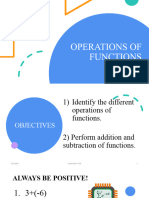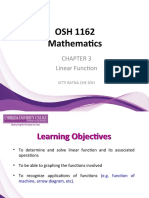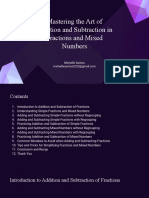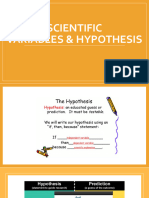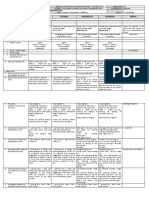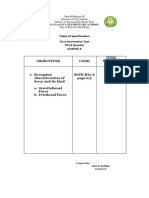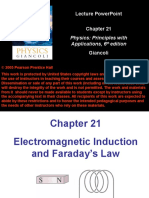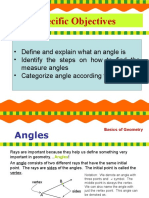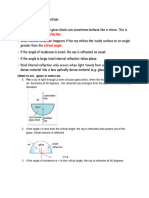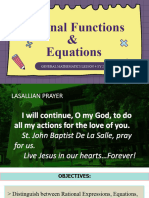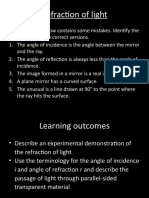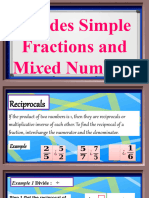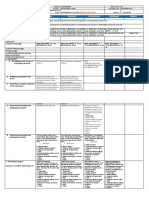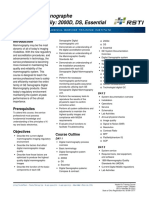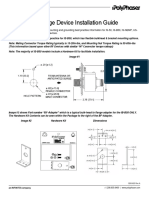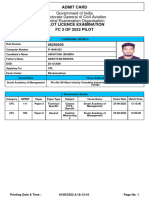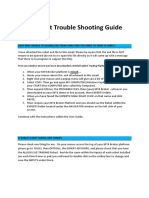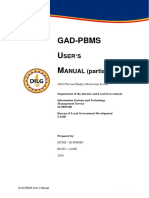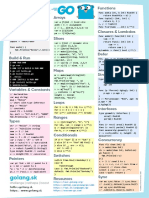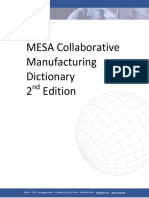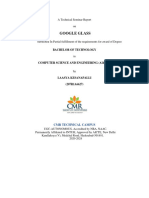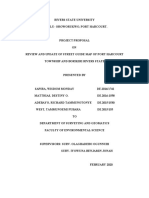0% found this document useful (0 votes)
76 views11 pagesQ4 Lesson 1 Excel
The document provides instructions for using Microsoft Excel. It defines Excel as a spreadsheet program used to record and analyze data in tables. It describes how to format cells, insert cells/rows/columns, use cell addresses and pointers, perform mathematical operations, and use the AutoSum and Fill Handle features. The key functions of Excel are identified as organizing data in a table, formatting and arranging cells, performing calculations, and analyzing data.
Uploaded by
Walden MacabuhayCopyright
© © All Rights Reserved
We take content rights seriously. If you suspect this is your content, claim it here.
Available Formats
Download as PDF, TXT or read online on Scribd
0% found this document useful (0 votes)
76 views11 pagesQ4 Lesson 1 Excel
The document provides instructions for using Microsoft Excel. It defines Excel as a spreadsheet program used to record and analyze data in tables. It describes how to format cells, insert cells/rows/columns, use cell addresses and pointers, perform mathematical operations, and use the AutoSum and Fill Handle features. The key functions of Excel are identified as organizing data in a table, formatting and arranging cells, performing calculations, and analyzing data.
Uploaded by
Walden MacabuhayCopyright
© © All Rights Reserved
We take content rights seriously. If you suspect this is your content, claim it here.
Available Formats
Download as PDF, TXT or read online on Scribd
/ 11

